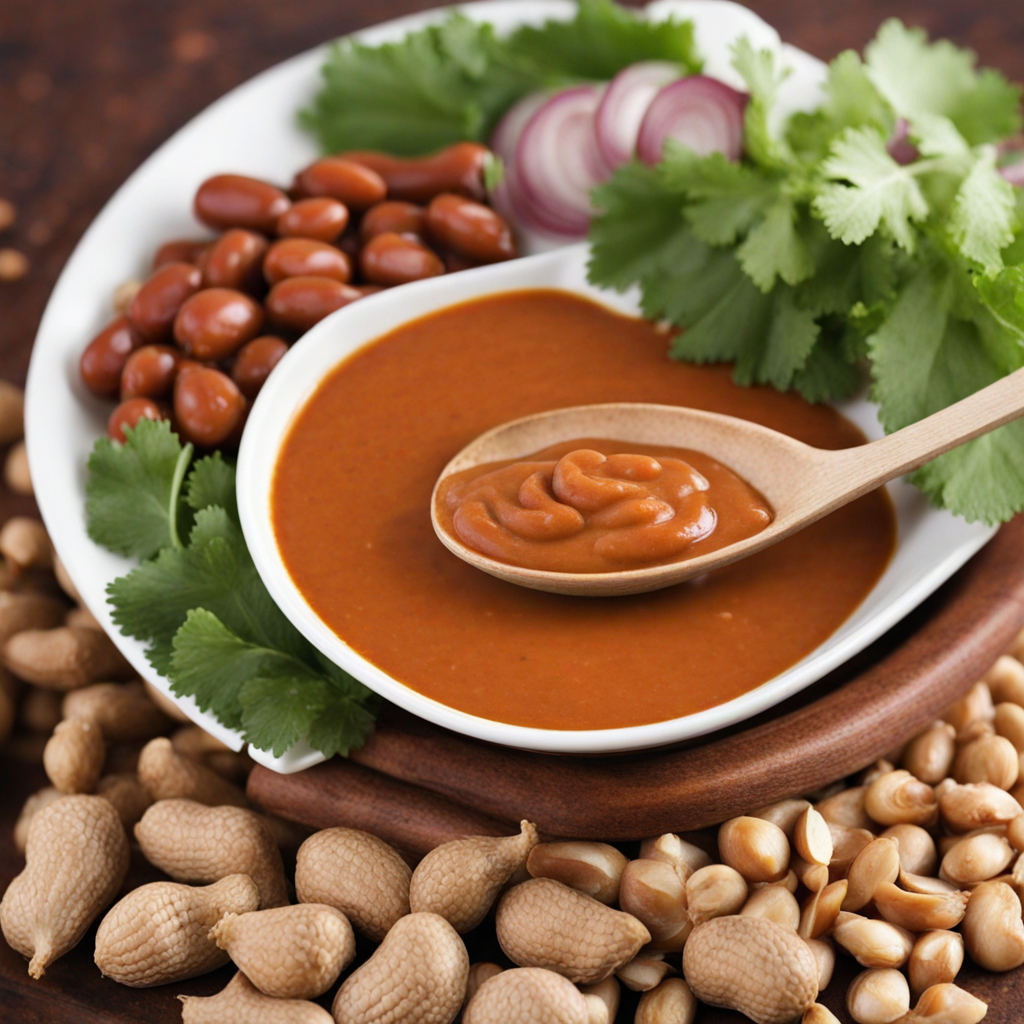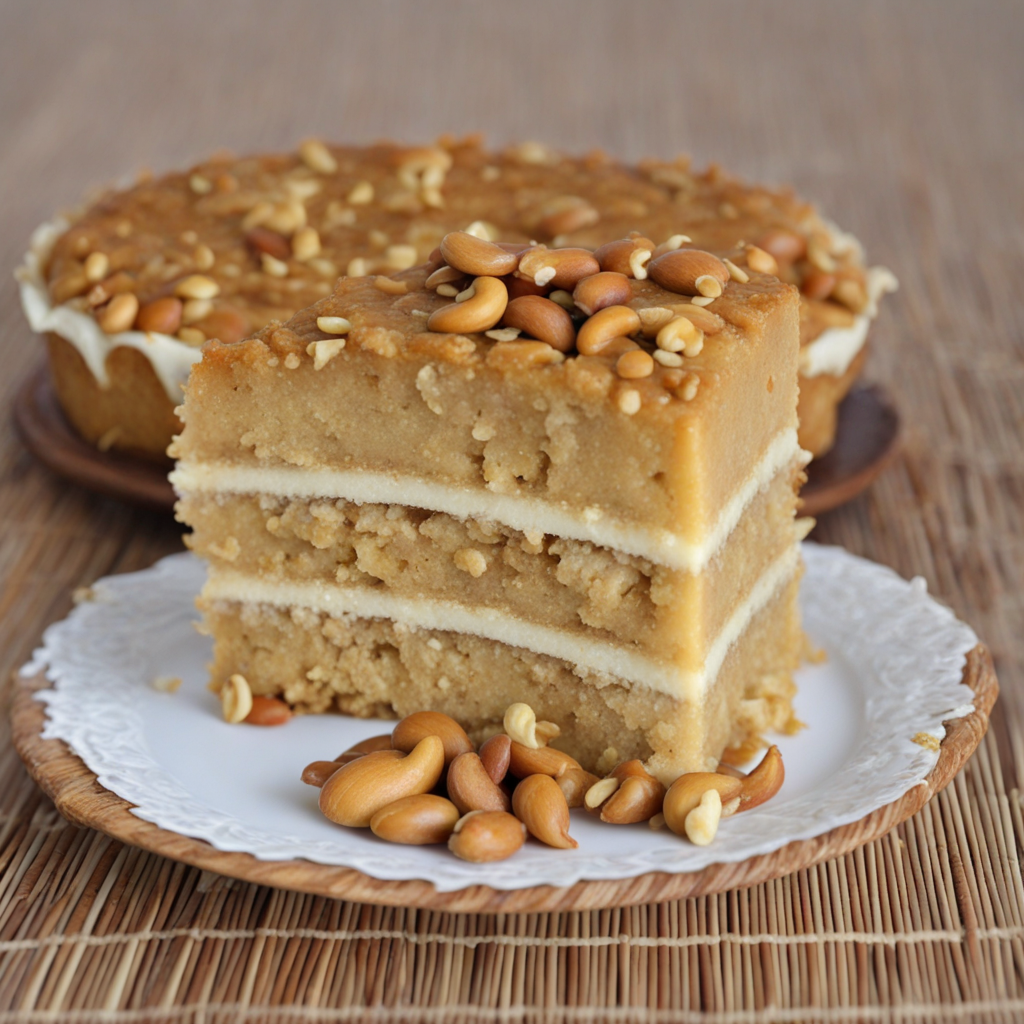Queijadas
Queijadas are delightful Mozambican treats that beautifully blend sweet and savory flavors, making them a unique addition to the world of baked goods. These traditional pastries are typically made with a combination of fresh cheese, sugar, and coconut, creating a rich and creamy texture that melts in your mouth. The use of local ingredients like cassava flour enhances their distinct flavor, giving them a slightly nutty undertone that complements the sweetness of the coconut and sugar. Each bite offers a delightful contrast between the soft, moist filling and a lightly crisp exterior, making them truly irresistible. The preparation of Queijadas is often a communal affair, with families gathering to share recipes and techniques passed down through generations. This not only enriches the experience of making these pastries but also highlights the importance of community and togetherness in Mozambican culture. Traditionally, they are baked in small, round molds, resulting in perfectly portioned treats that are ideal for sharing at gatherings or enjoying with a cup of tea. The warm, inviting aroma that wafts through the kitchen during baking is enough to entice anyone nearby, promising a taste of something special. Serving Queijadas is an opportunity to explore the vibrant culinary heritage of Mozambique. They can be enjoyed warm or at room temperature, often garnished with a sprinkle of powdered sugar or shredded coconut for an added touch of sweetness. These pastries are not just dessert; they can also serve as a delightful snack or even a breakfast item, enjoyed by people of all ages. The combination of flavors and textures makes Queijadas a must-try for anyone looking to discover the rich and diverse tastes of Mozambican cuisine.
How It Became This Dish
The History of Queijadas in Mozambique Queijadas are a beloved traditional pastry that encapsulate the rich culinary heritage of Mozambique, a country whose food culture is shaped by a unique blend of indigenous ingredients, colonial influences, and regional diversity. These small, sweet, and moist cakes are typically made from a mixture of grated coconut, sugar, eggs, and sometimes flour. Their delightful texture and flavor make them a favorite treat, both at home and in social gatherings. To understand queijadas is to embark on a journey through Mozambique's history, culture, and the evolution of its culinary practices. #### Origins of Queijadas The origins of queijadas can be traced back to the coastal regions of Mozambique, where the Portuguese colonial presence established itself as early as the late 15th century. The name "queijada" is derived from the Portuguese word "queijo," meaning cheese, although the traditional preparation does not typically include cheese. This nomenclature reflects the Portuguese influence on Mozambican cuisine, which blended local ingredients and cooking methods with European techniques. Coconut, a staple ingredient in queijadas, has been cultivated in Mozambique for centuries. The coconut palm is often referred to as the "tree of life" due to its versatility; almost every part of the tree can be used for food, shelter, and tools. In the context of queijadas, grated coconut provides not only flavor but also moisture, contributing to the cake's signature texture. The use of coconut in desserts is common in many coastal countries influenced by Portuguese colonization, showcasing a shared culinary heritage across the Indian Ocean. #### Cultural Significance Queijadas hold a special place in Mozambican culture, symbolizing hospitality, celebration, and community. They are often prepared during significant events such as weddings, religious ceremonies, and family gatherings. The act of making queijadas can be a communal affair, where friends and family come together to share recipes, stories, and laughter. This social aspect of food preparation reinforces the bonds within communities, making queijadas more than just a pastry—they are a means of connection and cultural transmission. Moreover, queijadas are not merely confined to special occasions. They are frequently enjoyed as everyday snacks or desserts, reflecting the Mozambican ethos of savoring life's simple pleasures. Street vendors and local bakeries often sell queijadas, making them accessible to all and ensuring that this traditional treat remains a staple in the diets of many Mozambicans. #### Development Over Time As Mozambique progressed through the 20th century, particularly after gaining independence from Portuguese colonial rule in 1975, the culinary landscape began to evolve. While queijadas remained a cherished traditional dessert, new variations emerged, incorporating local flavors and ingredients. For instance, some bakers experimented by adding flavors like vanilla, cinnamon, or even chocolate, creating a fusion of tastes that appealed to modern palates. The rise of globalization and tourism in Mozambique has further influenced the evolution of queijadas. As the country became more accessible to international visitors, culinary exchanges began to take place. Chefs and home cooks started to reimagine queijadas, presenting them in contemporary styles, often elevating them to gourmet status in upscale restaurants. This modern interpretation does not negate the traditional roots of queijadas but rather celebrates their versatility and adaptability. In recent years, there has been a resurgence of interest in traditional Mozambican cuisine, with chefs and food enthusiasts emphasizing the importance of preserving culinary heritage. This movement is evident in the renewed popularity of queijadas, as they are featured in food festivals, cooking classes, and social media platforms. The revival of traditional recipes has fostered a sense of pride among Mozambicans, reinforcing the importance of queijadas as a symbol of national identity. #### The Modern Queijada Today, queijadas are celebrated not only for their taste but also for their cultural significance. They have become a symbol of resilience and continuity in a rapidly changing world. As Mozambique grapples with modern challenges and opportunities, the queijada embodies the spirit of the nation—rooted in tradition yet open to innovation. In contemporary Mozambique, queijadas are commonly found in various forms, from the classic version to more experimental takes that incorporate exotic ingredients or modern baking techniques. They can be found in bustling markets, local bakeries, and even high-end restaurants, showcasing the pastry's versatility and enduring appeal. Additionally, queijadas have become a popular souvenir for tourists seeking to take a taste of Mozambique home with them, further cementing their status as an iconic representation of Mozambican culture. #### Conclusion The history of queijadas in Mozambique is a testament to the country's rich cultural tapestry, where food serves not only as sustenance but as a medium for storytelling and connection. From their origins in the colonial period to their place in modern-day celebrations, queijadas reflect the resilience and creativity of the Mozambican people. As this delightful treat continues to evolve, it remains a delicious reminder of the interplay between tradition and modernity in the ever-changing landscape of Mozambican cuisine. In a world where culinary traditions are often at risk of being lost, queijadas stand as a proud symbol of Mozambique's heritage. They invite us to explore the intersections of history, culture, and food, reminding us that every bite carries with it a story worth telling.
You may like
Discover local flavors from Mozambique







